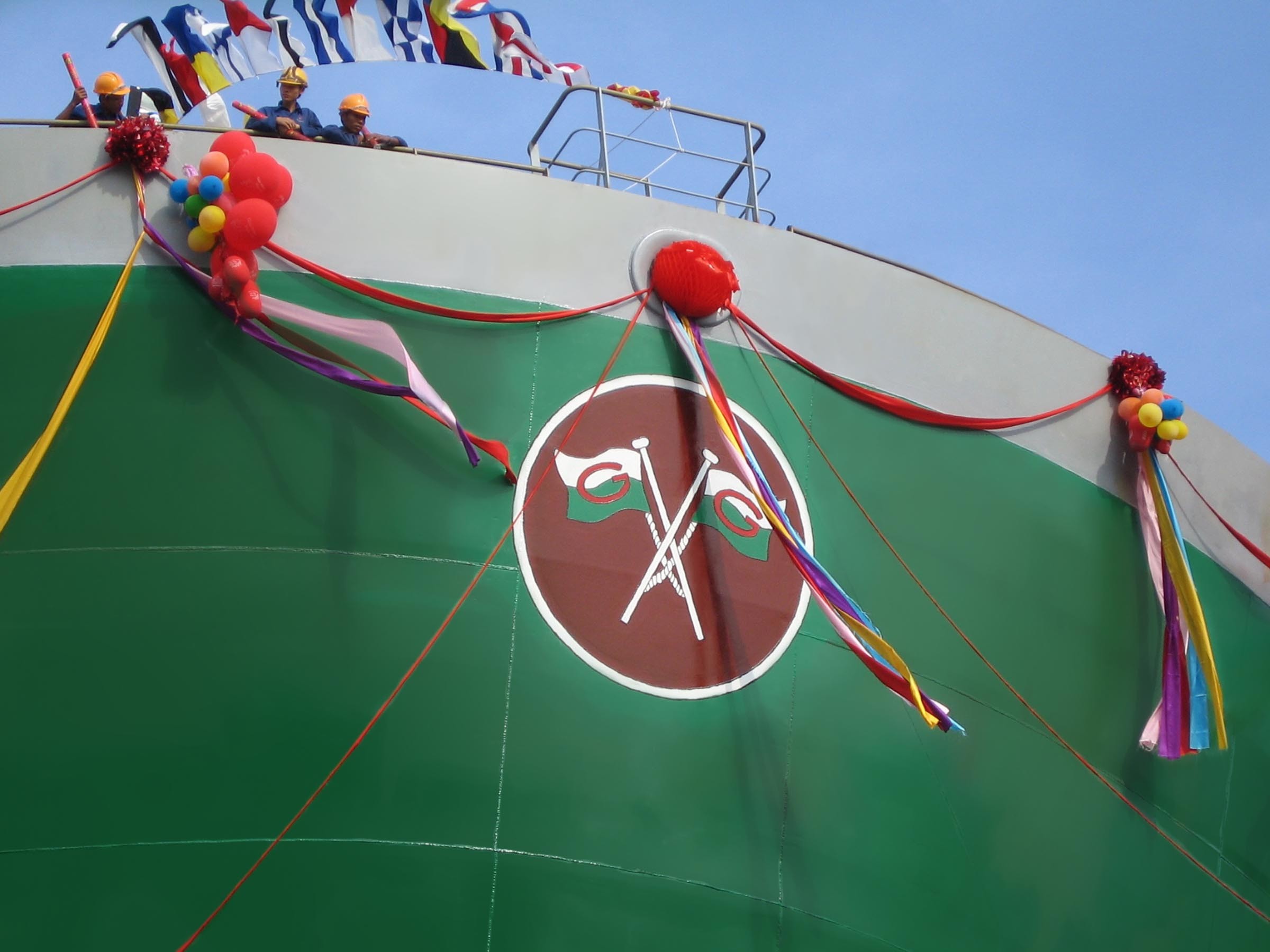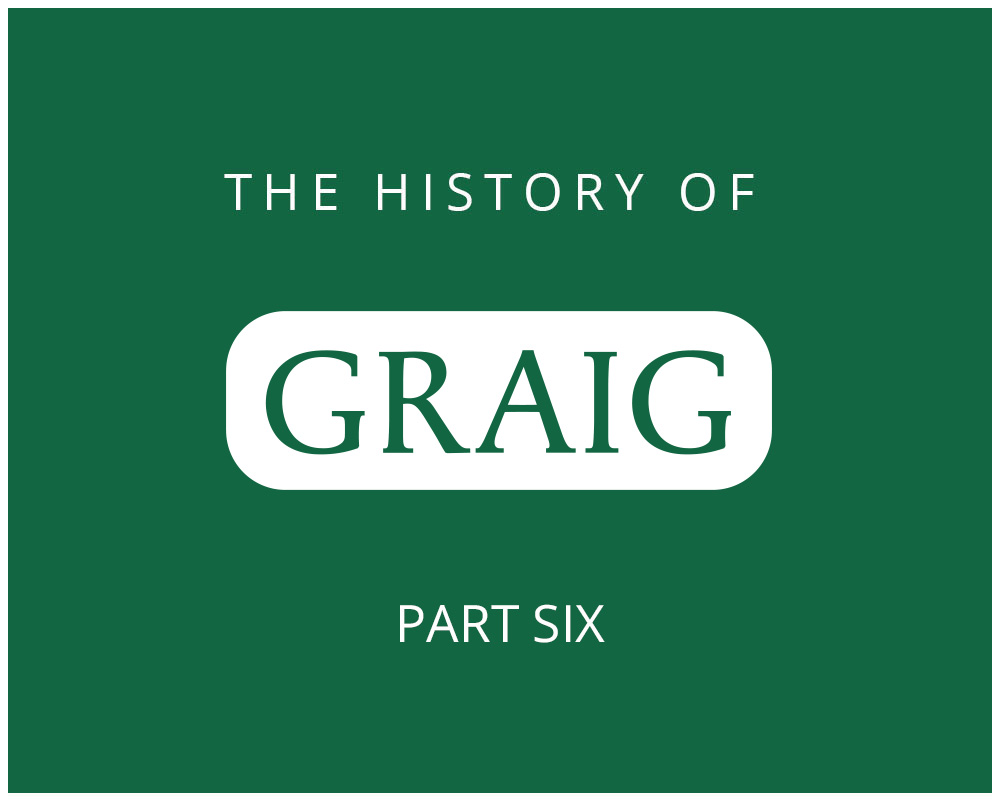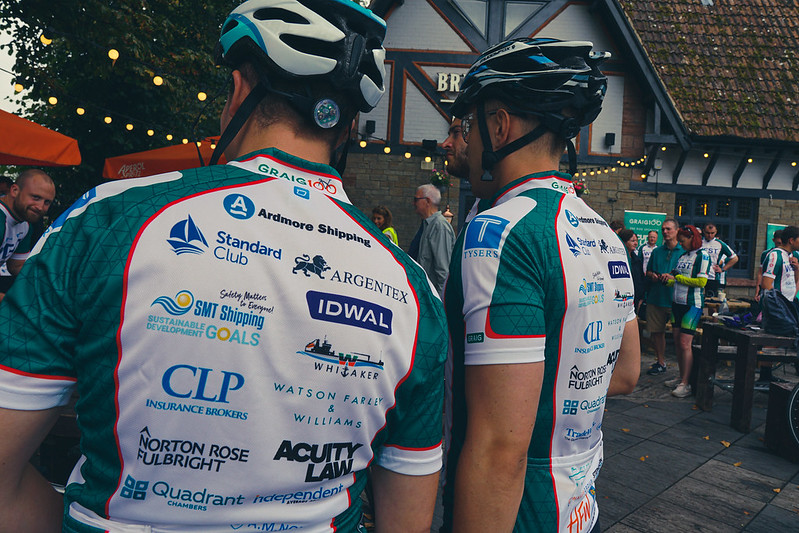Company transformation and a new direction in shipping
Freight rates slumped once more in the early 1990s, and in 1993 the Graiglas was sold to Cypriot owners after a decade of profitable service with Graig; this left the 1982-built Graigwerdd as the sole vessel in the fleet. By that time, however, the company was undergoing a particularly significant transformation with the announcement early in 1993 that Idwal Williams and Co. Ltd. was making an offer to purchase the entire share capital of the Graig Shipping plc; it already controlled 50.5% of the company’s ordinary shares and 5.5% of the non-voting ‘A’ shares. The reasons given for the bid were that Graig’s shares were felt to have traded for some time at below the company’s net asset value and that management arrangements concluded in the early twentieth century were becoming outdated in the context of late twentieth century shipping company operation.
Rumours of the bid had started to circulate before Christmas 1992 and caused Graig’s shares to jump by 43p to 118p in hectic trading. The bid was headed by Desmond Williams as company chairman, with his two sons Richard and Hugh, who had joined Graig as directors in 1990; the interests of Graig shareholders were to be represented by Peter Tudball, Glyn Harris and newly-appointed director Gordon Owen, formerly of Cable andWireless; they became known as ‘the independent Graig directors’. An initial bid of 125p for each ordinary share and 120p for the non-voting ‘A’ shares was rejected by the independent Graig directors. The situation was further complicated by a number of bids made for the company by third parties, whose offers were higher than those offered by Idwal Williams. These bids, though blocked by Idwal Williams’s controlling majority, suggested to the independent Graig directors that the original bid made by Idwal Williams should be increased. The situation was finally resolved in late June 1993 when an offer by Idwal Williams of 157.5p for both ordinary and ‘A’ Graig shares, together with an interim dividend of 5p per share was accepted by the independent Graig directors as a reasonable offer which better reflected the value of Graig’s underlying assets. The purchase was to be financed in part by a credit agreement for £10m agreed with the National Westminster Bank. At an Extraordinary General Meeting held in August 1993 the improved terms were agreed by Graig shareholders, whilst Peter Tudball, Glyn Harris and Gordon Owen all resigned as Graig directors at that time. Graig was therefore the last publicly-quoted Cardiff shipping company; at the time of its establishment in 1919 it was just one in over a hundred such ventures.
Following this significant change, Desmond Williams became the non-executive chairman of Graig Shipping, with Hugh Williams appointed Chief Executive of the Graig group of companies and Anthony Bevan appointed finance director and company secretary in September 1993. Two months later, Keith Gowen stepped down as a director after forty-eight years’ service with Graig. Further changes to streamline the overall company structure came on 1 April 1994 when Graig Shipping plc formally acquired Idwal Williams and Co. Ltd.; the previous management structure that had existed between the two companies, dating back to 1919, was abandoned, with Graig Shipping becoming the active trading company and Idwal Williams the ultimate holding company. 1994 also saw the sale of the company’s remaining bulk carrier, the Graigwerdd. A steady improvement in the freight market throughout 1994 enabled the sale of the ship to Greek interests for $9.6m, nearly $4m in excess of the sum paid for her in 1987, in addition to which she had traded profitably for the company for seven years.
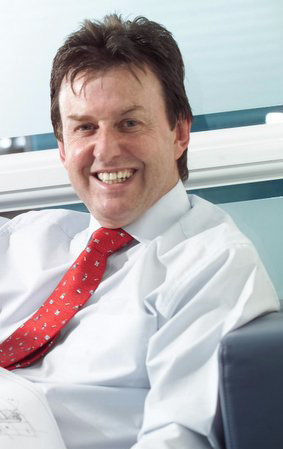 David Ellis, head of Graig Ship Management Ltd.
David Ellis, head of Graig Ship Management Ltd.
Graig Shipping was therefore without a vessel under its control for the first time since 1922-23; the annual report for 1994 records, however, that far from withdrawing from shipping altogether, a new company, Graig Ship Management Ltd. had been established in August 1994, headed by David Ellis, ‘… to offer a comprehensive service in managing ships to selected clients.’Over the coming years Graig Ship Management would provide technical management for some forty vessels, chiefly multi-purpose cargo vessels, but also others as varied as specialist cement carriers and ro-ro car carriers. The report also went on to confirm that, ‘We [Graig] continue to believe that shipowning, in conjunction with our ship management expertise, will continue to offer attractive investment opportunities…we are currently examining a number of proposals, particularly in the more specialised trades.’ Some changes were also made in the company’s subsidiary investments; Graig’s shareholding in Maple Aggregates was increased to 75%, whilst the company’s 91% stake in Exclusive Group (previously Weston Records Management) was sold. Garth Resources also disposed of a considerable proportion of Graig’s interest in north American oil exploration.
In the annual report for 1981, Desmond Williams had made a statement on behalf of the board which was to prove prophetic for the direction Graig Shipping took in the mid-1990s and afterwards: ‘It appears to us in the last few years that the influence in shipping circles has moved from the traditional maritime nations of northern Europe to the Far East. In order that we are fully aware of the situation in world shipping circles, shareholders will no doubt be interested to note that we have formed a wholly-owned subsidiary company called Sektau Shipping Ltd, registered in Hong Kong.’
Whilst Sektau Shipping would eventually prove to be little more than a ‘brass plate’ company in the intervening years, the Far East, and particularly China, was indeed where Graig’s interest would be focussed from the mid-1990s onwards. In 1995, contact was made with Danish shipping company Clipper Group, established in Copenhagen in 1972. Clipper sought a partner for a project to build four 9,000dwt multi-purpose single-hold cargo vessels, equipped with two 75-tonne cranes mounted on the port side and capable of carrying 660 containers; the single hold, in which ‘tween decks could be fitted, was sixty five metres long and fifteen metres wide. Market research had revealed a demand for this type of tonnage. As deep-sea container vessels got larger, passing 10,000TEU, the number of ports they could use contracted, so that there was a growing demand for ‘feeder’ container ships; the single large hold and substantial cranes also meant that they were ideally suited for the transport of project cargoes, especially for the petro-chemical industries.
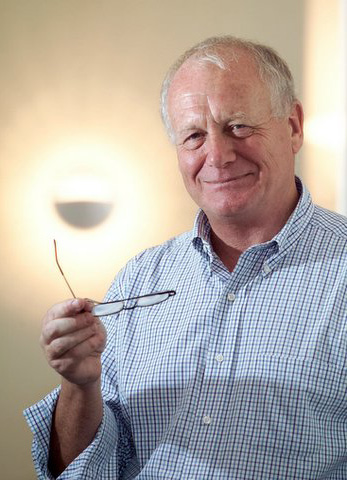 Captain John Coffin, who helped pioneer Graig’s presence in China.
Captain John Coffin, who helped pioneer Graig’s presence in China.
These vessels were to be built at the Zhonghua Shipyard in Shanghai, China. An agreement was reached between Graig and Clipper whereby a joint company called Danwel (Danish-Welsh) Shipping was established and on 3 November 1995 a contract was signed between Danwel Shipping on one hand and Zhonghua Shipyard and the China Shipbuilding Trading company on the other for the construction of four vessels, of a type to be known as the ‘Confidence’ class. Graig co-wrote the specification of the vessels with Danish ship designers CarlBro; it was also to oversee construction and provide subsequent technical supervision. An office was opened at the yard under the management of former Graig master, Captain John Coffin; this presence would later become formally established as Graig China Ltd, with offices in Shanghai’s famous Bund. The commercial management of the Confidence ships was to be provided by Clipper. July 1996 saw a further contract signed for four more identical vessels, whilst delivery was scheduled to be in four-monthly intervals, with the first launch due to take place in May 1997.
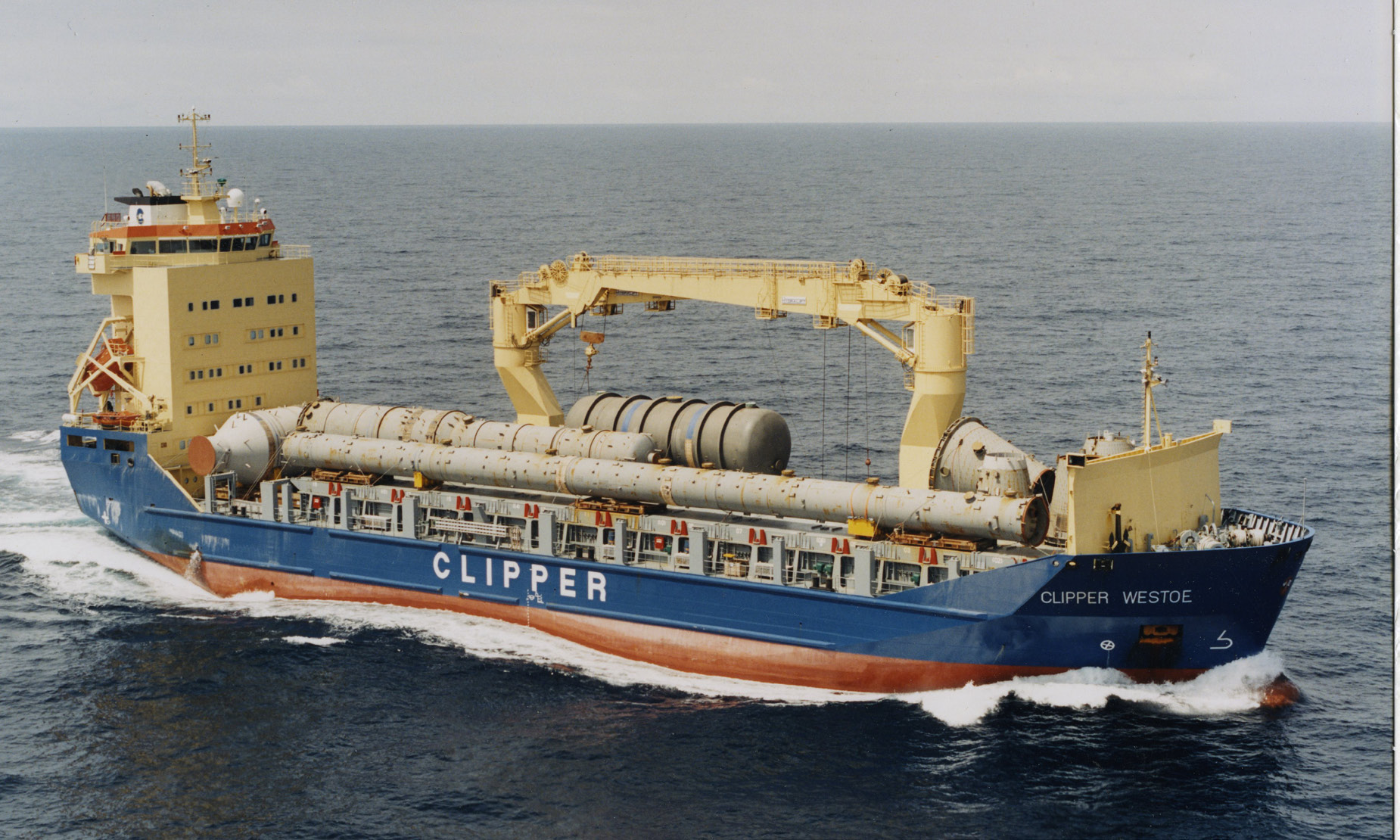
The seventh ‘Confidence’ class ship, Clipper Westoe. [Fotoflite incorporating Skyfotos]
In all, nineteen Confidence vessels were built at Zhongua shipyard between 1997 and 2002. A potential major problem had to be faced halfway through the construction of the series when SOLAS (The International Convention on Saving Lives At Sea) rules relating to the maximum permitted size of single holds were changed; fortunately, a dispensation was granted to build up to twenty vessels of the same type, providing that all successive vessels were built exactly to the original specifications. In order to finance their construction, single-ship companies were established for most of the ships which successfully sought capital from a wide range of institutional investors; a shipping equity expert, Charles Drury, was appointed to the board in 1995 to lead in this field. In addition, Graig’s directors also embarked upon a process of divesting themselves of the portfolio of the company’s non-shipping interests, including a particularly profitable sale of Girovend Holdings in 1999. Further changes to the board came that year when Desmond Williams’s youngest son, Christopher, took over as commercial director in January (having previously worked for ABN AMRO Bank, formerly Fortis Bank, in Singapore), and Christopher Davies replaced Anthony Bevan as finance director in December; he had previously been group accountant for British Dredging.
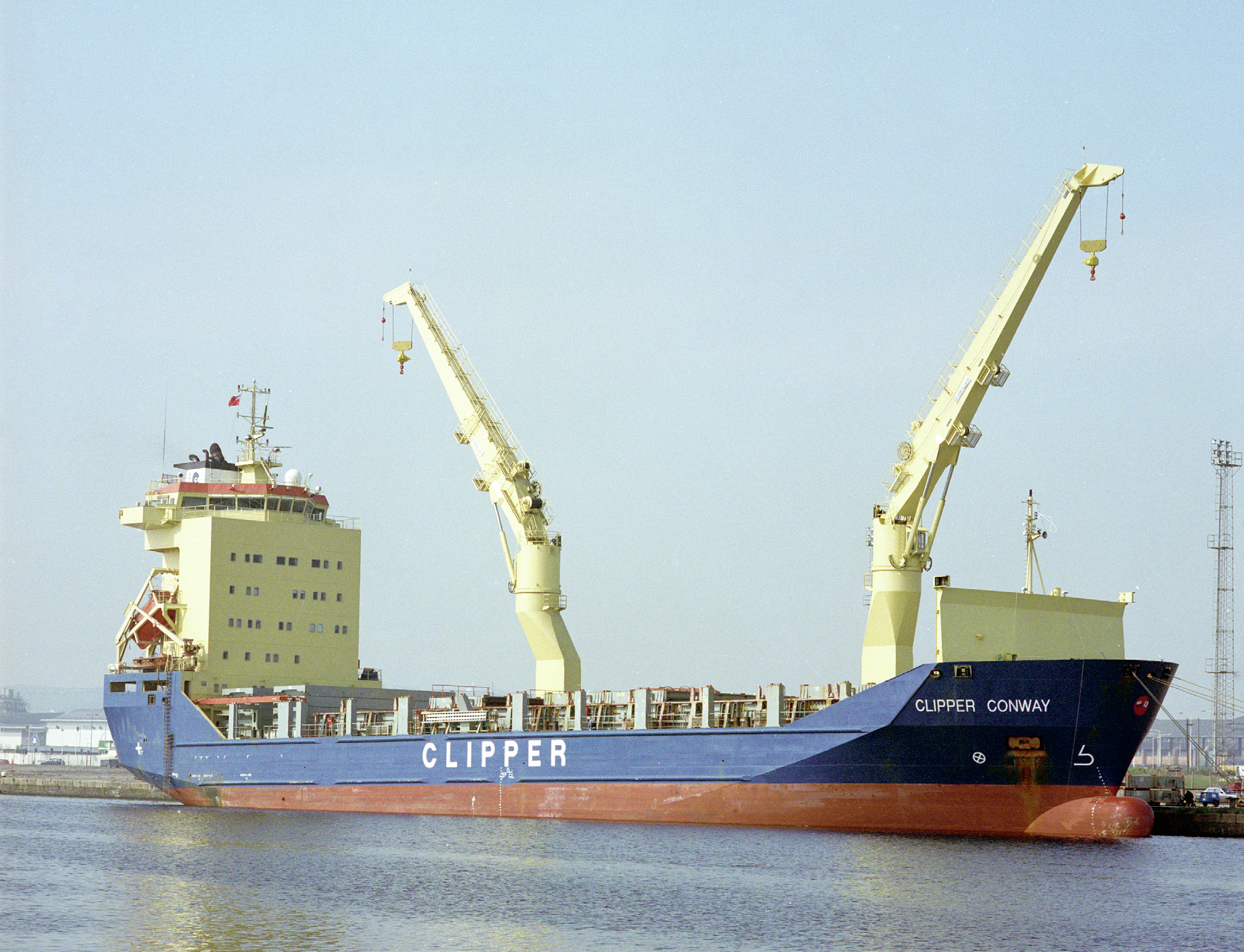
Clipper Conway during a rare but welcome visit to Cardiff. [National Museum of Wales]
Graig’s senior master, Captain Bob Wade, played an important role in the training of the crews for these new vessels, drawn from a wide international pool. A notable visit to Wales by one of the ships was that of the Clipper Conway to Cardiff’s Roath Dock in April 2000; there, she had her hold adapted to a design by the technical director of Graig Ship Management, Philip Atkinson, to carry huge coils of fibre-optic cable to supply a cable layer at sea - a far cry from loading coal for the River Plate!
The Confidence ships soon proved very successful, with a number of them chartered to Danish shipping giant Maersk to serve as feeder container ships. Others proved their value in the transport of complex project cargoes, as well as railway carriages, yachts and sections of aircraft fuselage. Other Confidence clas veesels were taken in a joint venture with Mees Person, the private equity arm of of Fortis Bank, and other investors were involkved. Four were also taken up by Dutch heavy-lift ship specialists Mammoet (later BigLift); these vessels were fitted with two 150-tonne cranes mounted on opposite sides of the ship.
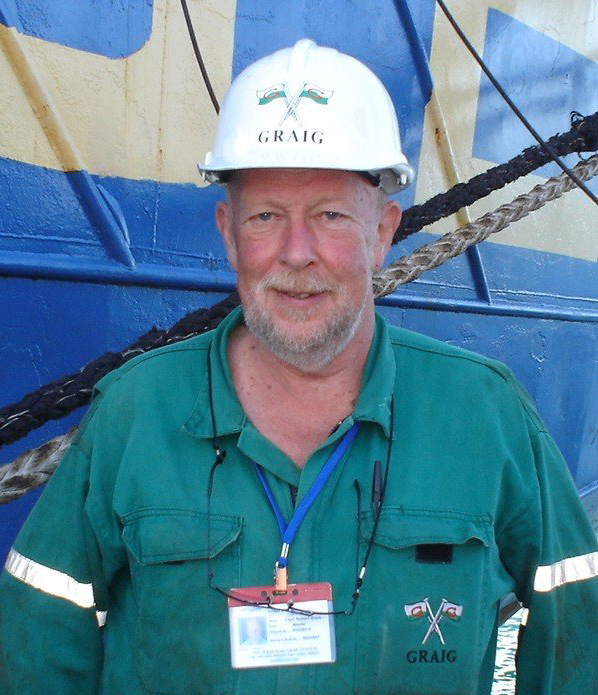
Captain Bob Wade, responsible for training the multinational crews for Confidence class ships
A significant development in the ownership of the Confidence class ships came in April 2004 when an agreement was reached with Clipper to divide the ownership of the vessels. Graig retained seven vessels and these were then sold to Hamburg-based KG (Kommandit Geselleschaft) finance house Ownership Emmissionhaus GmbH in an $84m sale and charter-back deal. The KG structure allowed German investors to invest directly in shipping with tax-advantaged zero liability; this was also linked to a tonnage tax promoted by the German government which was characterised by a flat-rate assessment of a ship’s cargo capacity rather than its profitability. At its height it is reckoned that some 440,000 German citizens invested in these schemes and the vessels owned in the KG schemes were popularly known there as the ‘doctors’ and dentists’ ships’ due to the high proportion of investors in these schemes from the medical professions! Graig was obliged to open an office in Hamburg to take advantage of this scheme; the company also retained the technical management of these vessels, with Clipper – by that date re-named Clipper Elite Carriers – still providing commercial management. The $84m cash injection provided by this sale was then used to redeem debt attached to the vessels and was also ploughed into Chinese and far-eastern shipbuilding projects, which were becoming an increasingly important part of Graig Shipping’s business interests.
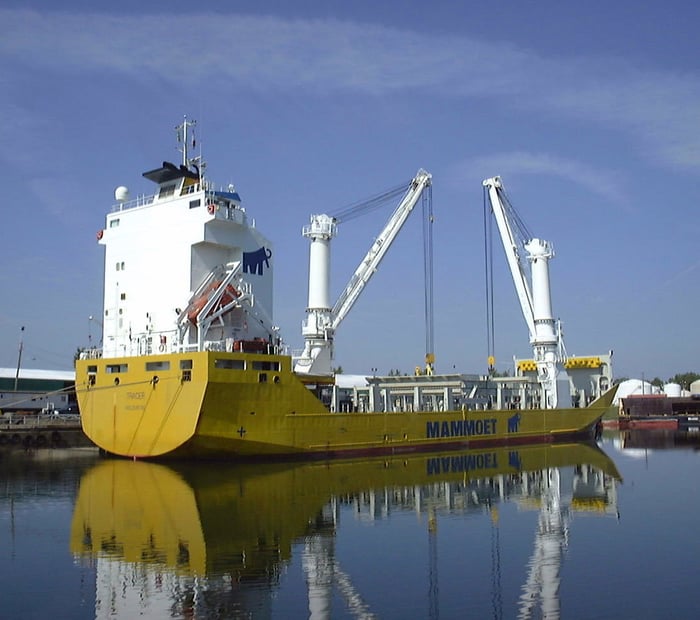 Tracer, a Confidence class hull operated by Dutch heavy-lift specialist Mammoet.
Tracer, a Confidence class hull operated by Dutch heavy-lift specialist Mammoet.
